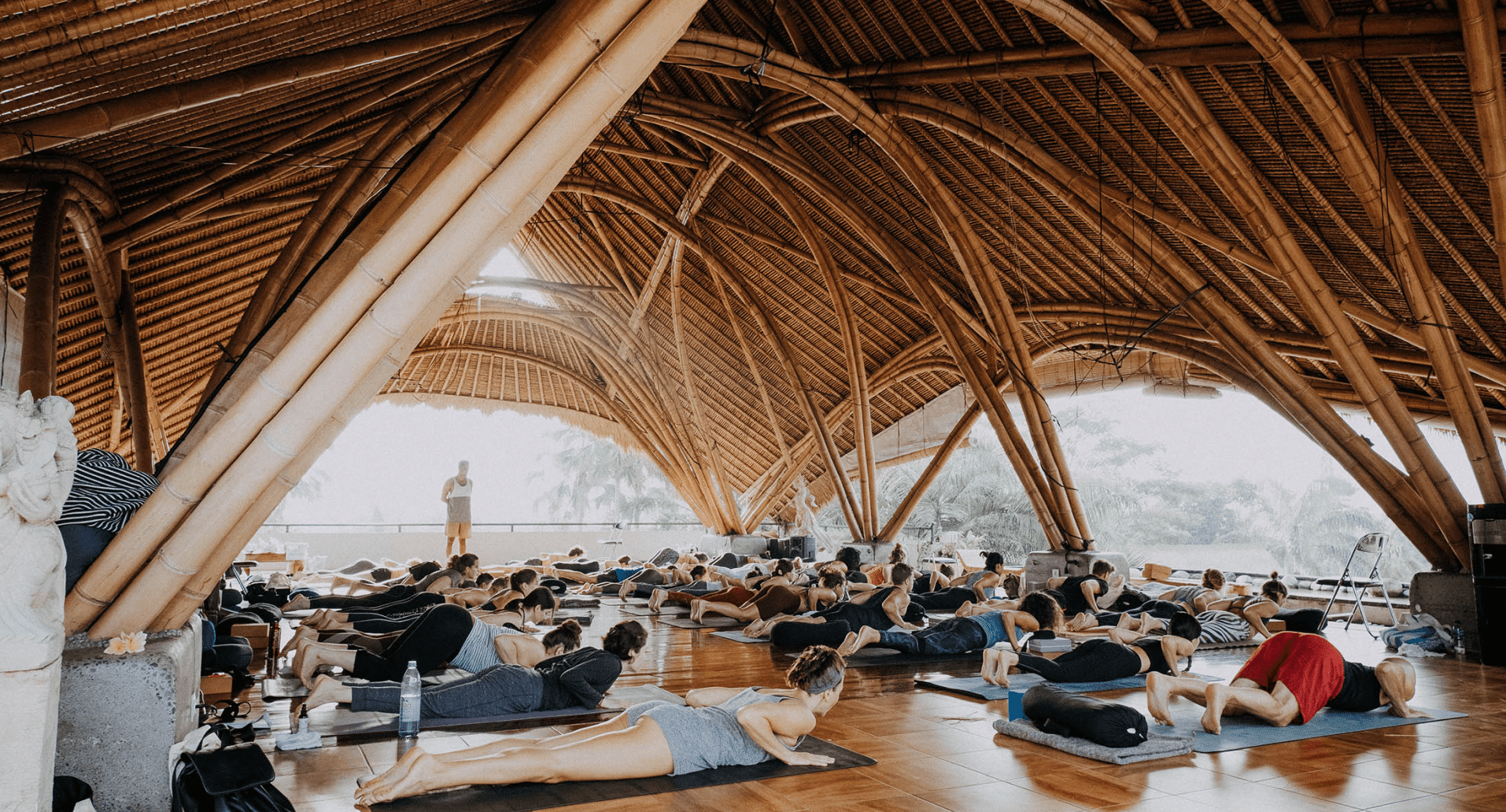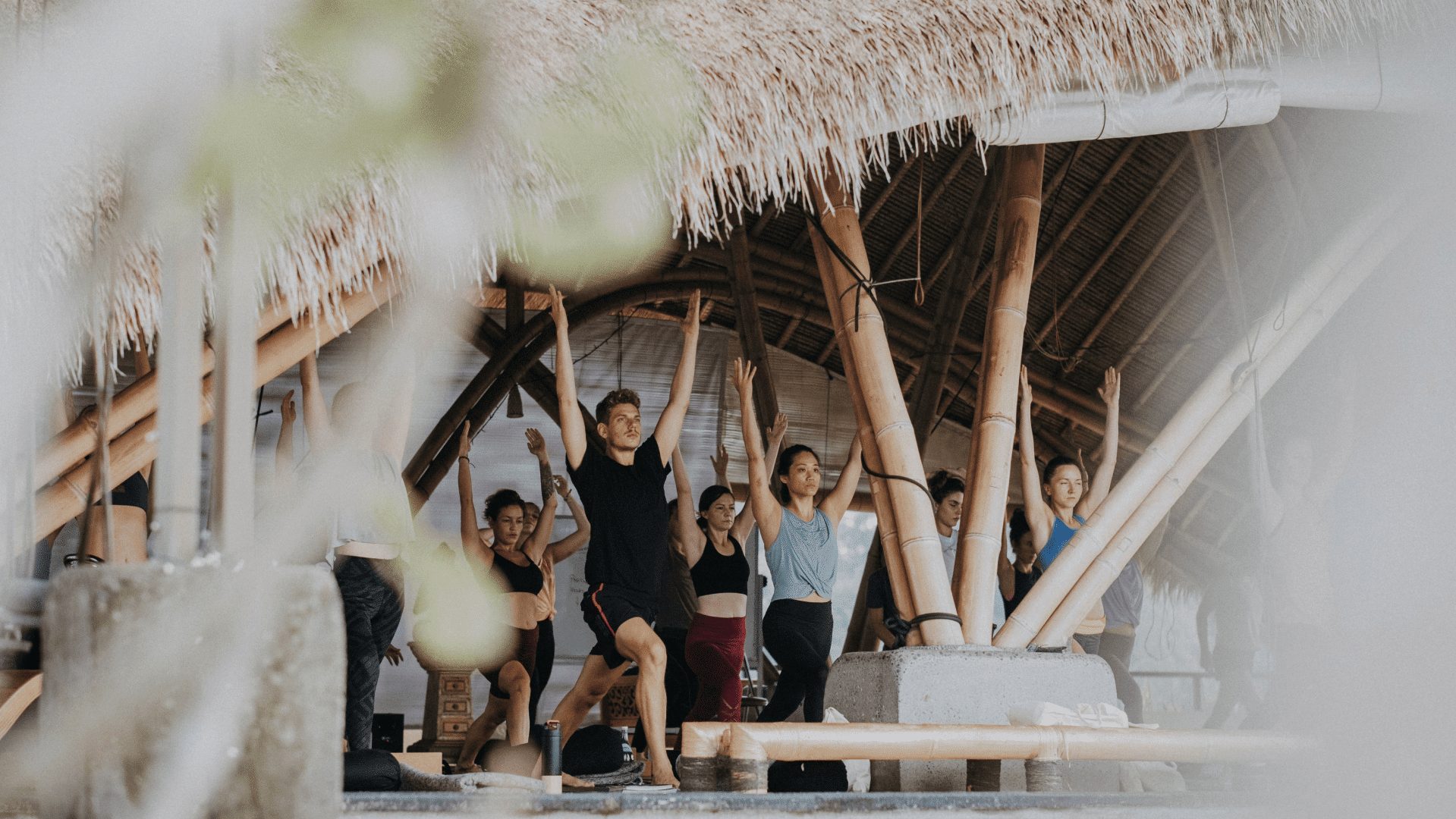
If you’ve ever wondered about the deeper meaning behind yoga and its impact on the mind, body, and spirit, you’re not alone. Yoga philosophy is a fascinating and multifaceted subject that offers insights into the ancient wisdom and principles that underpin this widespread practice.
In this article, we delve into the secrets of yoga philosophy, unlocking its profound teachings and shedding light on its relevance in the modern world. Whether you’re a seasoned yogi or new to the practice, understanding the philosophy behind yoga can enhance your experience on the mat and beyond.
We explore the foundational texts of yoga, such as Patanjali’s Yoga Sutras, and delve into concepts like the Eight Limbs of Yoga and the interconnectedness of all things. Discover how yoga philosophy can inspire a balanced and meaningful life, helping you navigate challenges and find a deeper purpose.
What is Yoga Philosophy?
Yoga philosophy is like a timeless guidebook for living a balanced and fulfilling life. It’s rooted in ancient Indian wisdom and offers practical principles for navigating the complexities of existence. At its core are the Yamas and Niyamas, which are like moral compasses, guiding us to live with kindness, honesty, moderation, and contentment. These ethical guidelines provide a solid foundation for personal growth and social harmony.
Central to yoga philosophy are the physical practices of yoga, known as asanas, and the art of breath control, or pranayama. These techniques aren’t just about stretching or breathing; they’re tools for preparing the body and mind for deeper spiritual experiences. Through the practice of yoga postures and breathing exercises, we learn to cultivate awareness, focus, and inner peace. This journey inward is further supported by practices like Pratyahara, which teach us to turn away from external distractions and find stillness within.
Ultimately, yoga philosophy leads us on a journey of self-discovery and spiritual realization. It invites us to explore the depths of our being and uncover our true nature. Along the way, we encounter different paths of yoga—whether it’s through selfless action, devotion, or the pursuit of wisdom. Regardless of our path, the goal remains the same: to realize our interconnectedness with all of existence and live from a place of love, compassion, and unity. In essence, yoga philosophy is a roadmap for awakening to our highest potential and living a life of purpose and fulfillment.
The Eight Limbs of Yoga
One of the cornerstones of yoga philosophy is the concept of the Eight Limbs of Yoga. These eight limbs, outlined by the sage Patanjali in the Yoga Sutras, serve as a roadmap for the yogi’s journey towards self-realization and enlightenment. Each limb represents a different aspect of the practice and guides us to live a balanced and meaningful life.
The first limb, Yama, focuses on ethical principles and moral codes. It includes practices such as non-violence, truthfulness, and non-possessiveness. By adhering to these principles, yogis cultivate compassion, integrity, and a sense of interconnectedness with all beings.
The second limb, Niyama, emphasizes self-discipline and self-study. It involves practices like cleanliness, contentment, and self-reflection. Through these practices, yogis learn to cultivate inner strength, gratitude, and a deeper understanding of themselves.
The third limb, Asana, refers to the physical postures practiced in yoga. While many people associate yoga solely with asanas, they are just one part of the broader yogic path. Asanas not only help strengthen and stretch the body but also serve as a gateway to deeper states of meditation and self-awareness.
Pranayama, the fourth limb, involves various breathing techniques to regulate and control the breath. These practices help increase the body’s vital energy (prana), calm the mind, and prepare for meditation.
The final four limbs all correlate to a state of deep meditation. Pratyahara is the practice of turning inward by withdrawing the senses from external stimuli. Dharana is the practice of single-pointed concentration. Dhyana is the uninterrupted flow of concentration, leading to a state of deep meditation, and Samadhi is the ultimate goal of yoga, representing a state of complete absorption and union with the object of meditation.

Understanding the Yamas and Niyamas
The yamas and niyamas, the first two limbs of yoga, provide a moral and ethical framework for yogis to follow in their daily lives. These are considered the “bread and butter” of yoga philosophy. The yamas, consisting of nonviolence, truthfulness, nonstealing, sexual restraint, and non-possessiveness, teach yogis how to interact with others and the world around them.
Non-violence, or Ahimsa, encourages yogis to practice compassion and avoid causing harm to themselves or others. Truthfulness, or Satya, emphasizes the importance of honesty and authenticity in all aspects of life. Non-stealing, or Asteya, promotes ethical behavior and respect for others’ belongings and ideas.
The niyamas, on the other hand, focus on personal observances and self-discipline. Saucha, or cleanliness, encourages yogis to maintain physical and mental purity. Santosha, or contentment, teaches the importance of finding peace and satisfaction in the present moment. Tapas, or self-discipline, helps yogis cultivate inner strength and perseverance.
Asanas – the Physical Aspect of Yoga
For many practitioners, asanas, or yoga postures, are the most visible aspect of yoga. These physical poses not only help improve flexibility, strength, and balance but also prepare the body for meditation and deeper spiritual practices.
There are thousands of asanas, ranging from simple seated poses to complex inversions and balances. Each asana has its benefits and challenges, and it’s essential to approach them with mindfulness and respect for your body’s limitations.
Practicing asanas can help release physical tension, increase body awareness, and promote a sense of grounding and presence. Regular practice of yoga postures can also improve posture, alleviate chronic pain, and boost overall physical and mental well-being.
The Power of Breath – Pranayama
In addition to asanas, pranayama, or breath control, is another integral aspect of yoga philosophy. Pranayama techniques involve consciously regulating and manipulating the breath to influence the flow of vital energy or prana within the body.
Different pranayama techniques have various effects on the body and mind. Some methods, such as deep abdominal breathing, promote relaxation and stress reduction. Others, like alternate nostril breathing, balance the left and right hemispheres of the brain, promoting mental clarity and focus.
Regular pranayama practice can increase lung capacity, enhance blood oxygenation, and improve overall respiratory function. It can also calm the nervous system, reduce anxiety, and promote inner peace and well-being.
Meditation and Mindfulness
Meditation is a critical component of yoga philosophy and a powerful tool for cultivating self-awareness, inner peace, and spiritual growth. Through meditation, yogis learn to quiet the mind, observe their thoughts and emotions without judgment, and connect with their true essence.
There are many different meditation techniques, ranging from focused attention to mindfulness to transcendental meditation. Each technique offers its own unique benefits and approaches to stilling the mind and accessing deeper states of consciousness.
Regular meditation can improve concentration, reduce stress and anxiety, and enhance mental and emotional well-being. It can also deepen the connection to one’s inner wisdom and intuition, leading to greater clarity, insight, and self-discovery.

Applying Yoga Philosophy to Daily Life
The wisdom of yoga philosophy extends far beyond the mat and can be applied to all aspects of daily life. By integrating the principles of yoga into our interactions, decisions, and behaviors, we can cultivate greater harmony, balance, and fulfillment.
Yoga philosophy encourages us to practice non-violence and compassion towards ourselves and others. It reminds us to be truthful and authentic in our words and actions. It invites us to practice contentment and gratitude for what we have rather than constantly striving for more.
By embodying the principles of yoga philosophy, we can navigate life’s challenges with grace and resilience. We can cultivate a more profound sense of purpose and meaning and live in alignment with our true values and aspirations.
The Benefits of Practicing Yoga Philosophy
The practice of yoga philosophy offers numerous benefits for physical, mental, and spiritual well-being. By incorporating the principles of yoga into our lives, we can experience:
- – Increased self-awareness and self-acceptance
- – Improved physical fitness, flexibility, and posture
- – Reduced stress, anxiety, and depression
- – Enhanced focus, concentration, and mental clarity
- – Increased compassion, empathy, and connection with others
- – Greater resilience and ability to navigate life’s challenges
- – A deeper sense of purpose, meaning, and fulfillment
Yoga Philosophy Books and Resources
If you’re interested in delving deeper into the fascinating world of yoga philosophy, there are many resources available to support your journey. Here are a few recommendations to get you started:
- – “The Yoga Sutras of Patanjali” by Swami Satchidananda
- – “Light on Yoga” by B.K.S. Iyengar
- – “The Heart of Yoga” by T.K.V. Desikachar
- – “The Bhagavad Gita” translated by Eknath Easwaran
- – Online courses and workshops on yoga philosophy
- – Local yoga studios and teachers who specialize in philosophy
Remember, the study of yoga philosophy is a lifelong journey, and there is always more to explore and discover. Allow yourself to remain curious, open-minded, and receptive to the wisdom that unfolds along the way.
Yoga Philosophy Course
Are you itching to take your yoga studies to the next level? Join us for one of the world’s premier yoga teacher trainings in Bali or Costa Rica. The East+West 200-hour yoga teacher training, held at a majestic resort in Bali’s sun-soaked rice fields & jungle, is recognized as one of the most unique and transformative experiences on earth. What sets our training apart is not just the picturesque locations or rigorous physical workouts but our commitment to fostering inner harmony and balance. We prioritize the journey inward, where true transformation occurs.
Throughout the course, you’ll delve into the rich tapestry of yoga philosophy, exploring ancient teachings and modern interpretations. From asanas to pranayama and meditation, each aspect of the practice is infused with profound wisdom to nurture the body, mind, and spirit.
Conclusion
Yoga philosophy holds the keys to unlocking the deeper dimensions of the practice and enriching our lives in profound ways. By understanding the eight limbs of yoga, exploring the yamas and niyamas, diving into the physical aspect of yoga through asanas, harnessing the power of breath with pranayama, and cultivating meditation and mindfulness, we can integrate the wisdom of yoga philosophy into our daily lives.
Through the practice of yoga philosophy, we can experience greater self-awareness, inner peace, and connection with ourselves and others. We can navigate life’s challenges with grace and resilience and live in alignment with our true values and aspirations.














